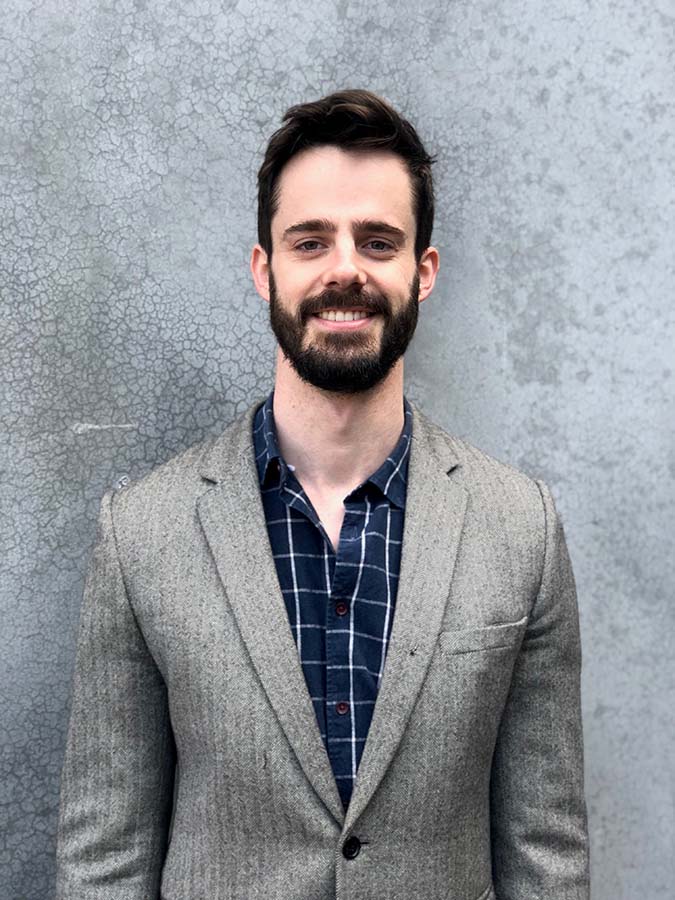Leading the way with legal design
Melbourne JD graduate Blake Connell is the Law Institute of Victoria’s 2019 Rising Star of the Year.

Blake Connell (JD 2016) is part of a new wave of lawyers working in the field of ‘legal design,’ a term used to describe a field of practice where lawyers focus specifically on understanding their clients’ underlying legal problems, and then use multiple ‘levers’ – often including technology – to resolve those problems.
In his graduating year, Blake topped his Law Apps class at Melbourne Law School, working with a team of classmates to develop a web-based app in consultation with Environmental Justice Australia that enabled Victorians to challenge property developments in their local area. Users of the app could assess their eligibility or ‘standing’ to launch a challenge, find out whether they were eligible for financial assistance, and even start formulating their arguments, all without needing to consult a lawyer.
Two and a half years later, Blake has worked in Melbourne, Sydney, Perth and Singapore as a solicitor with the global commercial law firm Herbert Smith Freehills (HSF), and was recently named the Law Institute of Victoria’s Rising Star of the Year for 2019.
Reflecting on his time in practice so far, Blake puts his professional journey down to two things: being a ‘yes person,’ and bringing a diverse skillset to the job.
“Never in my wildest dreams did I imagine the variety of skills I’d get to use as a commercial lawyer, but it all makes for a very stimulating time at work,” he says.
As part of his role, Blake designs, builds and implements legal software used by both lawyers and clients to access legal information, generate pro forma legal documents and access preliminary legal advice.
“In so many circumstances you can solve a legal problem quicker, cheaper and more effectively through technology,” he says.
That said, Blake is keen to point out that technology is not always the solution.
“Legal design is about starting the process of working with a client by trying to understand their actual legal need, and then creating bespoke legal products and services to match those needs.”
“This means that the outputs of legal design need not be technological. Sometimes it’s just about presenting legal information in a clearer way or creating new processes to access or give legal assistance – it all depends on the underlying legal problem.”
According to Blake, a diverse skillset and creative mindset are both assets for junior lawyers working with corporate clients.
“Of course you need to have a strong knowledge of the black letter law, but when you combine that with other skills – whether it’s the ability to visually map out processes, an understanding of data and analytics, or an aptitude for product design and user experience – you are suddenly able to think of (and help implement) more bespoke, creative and impactful solutions for them.”
His advice to those considering a career in the law? Blake says anyone aspiring to enter the legal workforce should hang onto their different skills, and think creatively about how they could be woven into a legal career.
“Ultimately our job as lawyers is to help clients solve their legal problems,” he says.
“In my opinion, the more we do to solve a client’s problem by offering them a complete end-to-end solution, even if it involves using skills not traditionally associated with lawyers, the better we are doing our jobs.”